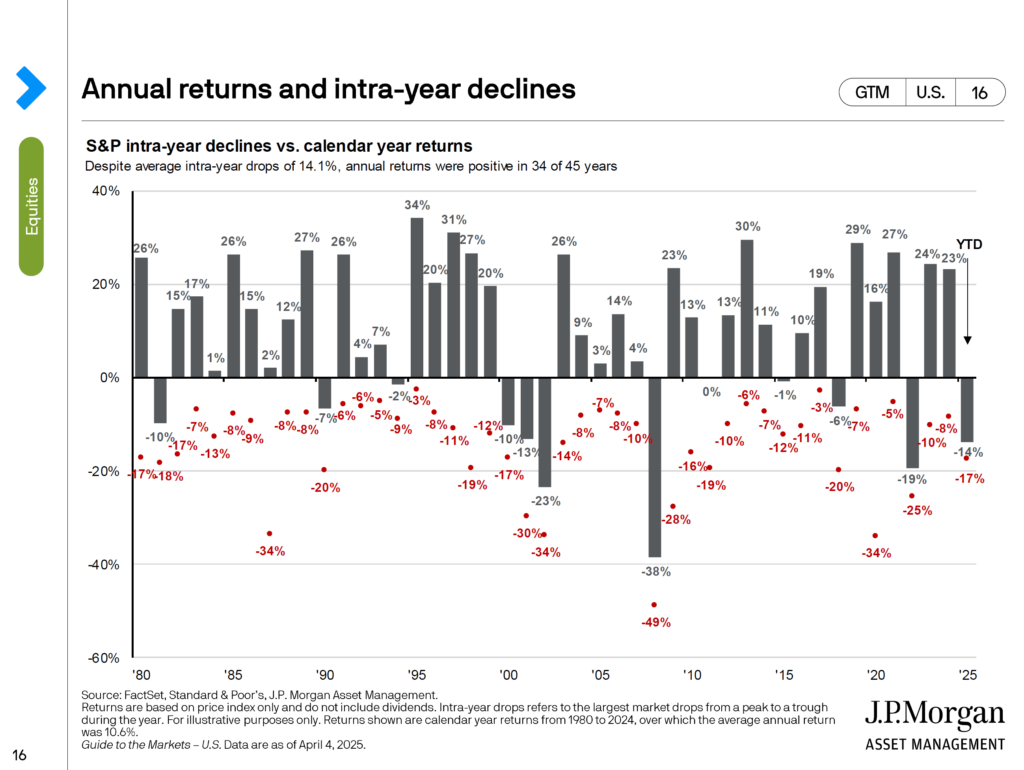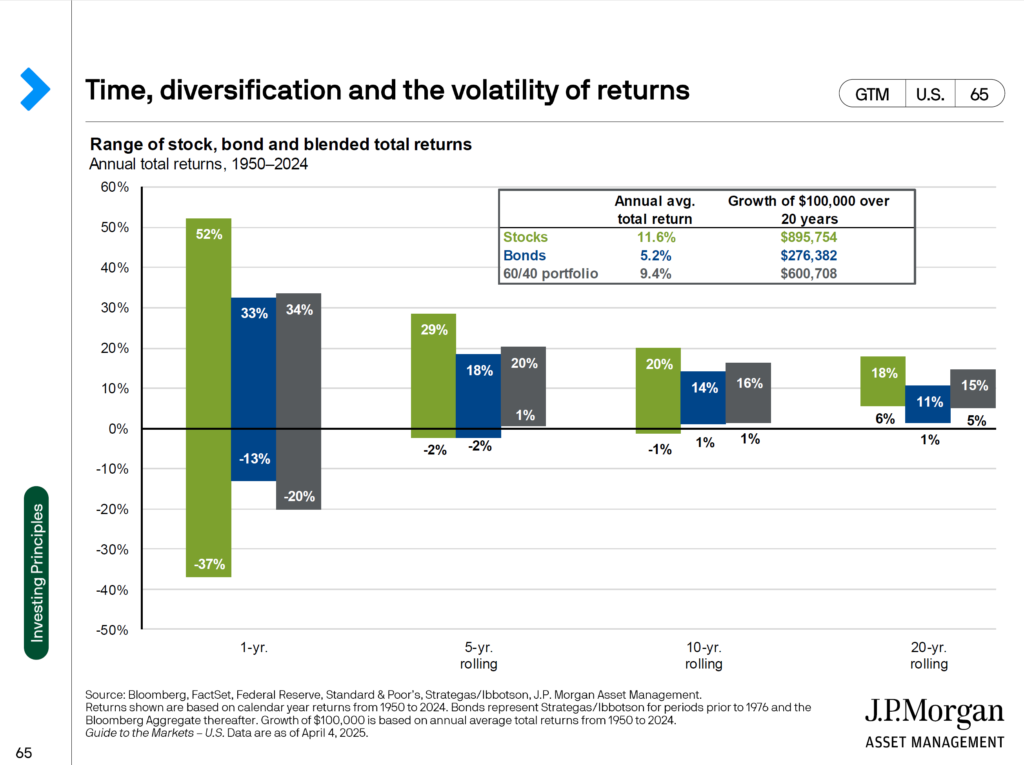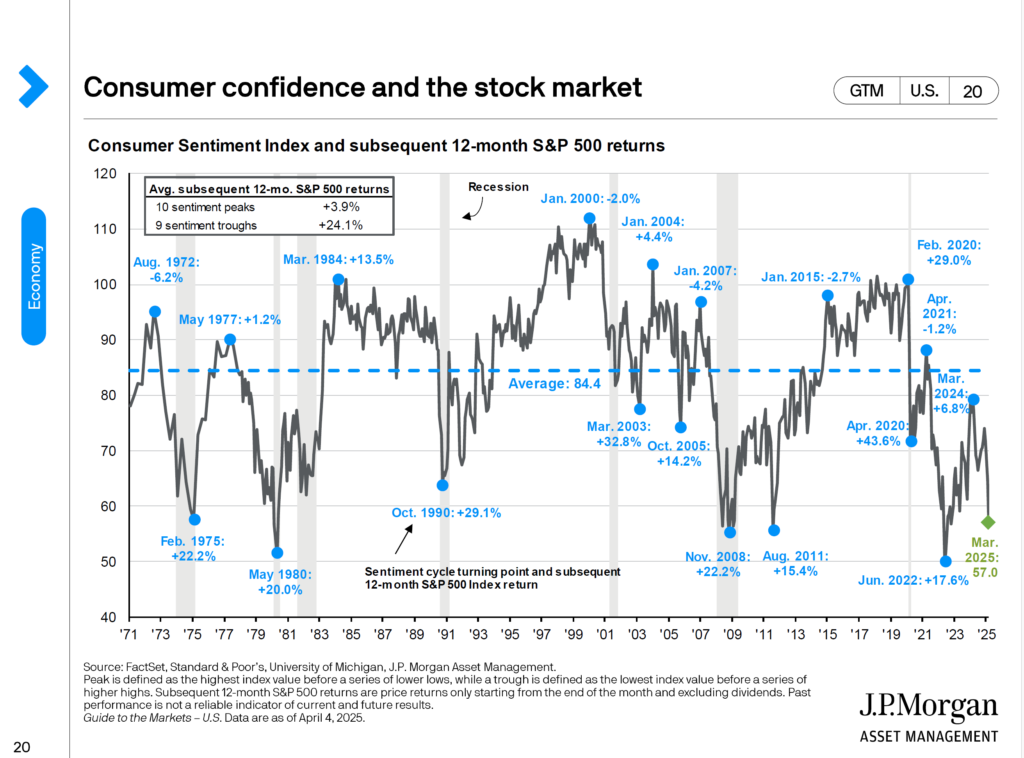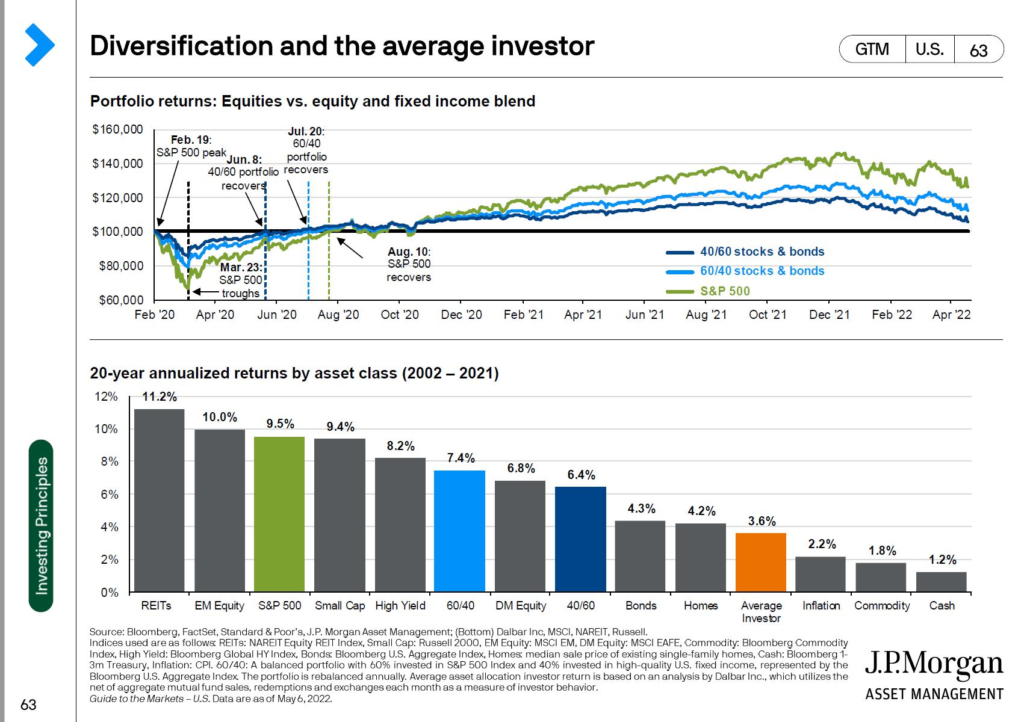I have been getting a fair amount of questions about how inflation 2022 and how tariff inflation is different.
Tariff Inflation
Tariff’s actual price impact is very complex as it often impacts currency values, substitutes, and other factors. For example, the last time the USA increased tariff’s on China, the price impact was minimal (in line with other normal inflation numbers for other goods). However, for the purpose and discussion, let’s assume that the tariffs do cause an increase in the price of the good by the amount of the tariff. The impact of this is a one-time adjustment higher initially. So that would impact inflation numbers in 2025. However, in 2026, we would not expect the inflation number to be much higher. Therefore some initial pain in the cost of goods being higher, but a leveling out afterward.
Tight Labor Market Inflation
During 2022, we saw the labor market rates increase dramatically. There simply were not enough workers to fill all the roles needed. You had employees at McDonald’s leaving for Wendy’s across the street at 20% higher, then returning back to McDonald’s at 20% higher than that. The problem with “labor” inflation or when the economy is at near full employment is that it creates a vicious inflationary cycle. Businesses pay more for labor because they need the workers, then business raise prices because the labor is more expensive, then people get bigger raises and it creates a cycle when inflation starts winding up higher and higher. There is basically no end unless the Fed raises rates to stop it (as they did). This type or cause of inflation is much more damaging than tariff or even say a supply shock for a specific input good.
What its the long term impact?
So while I do think tariff’s can possibly create inflation, it is not the type of inflation that scares me as much as what we had in 2022 where we were entering an inflationary spiral. Stock market is reacting because of the uncertainty around tariffs and what else might happen in a trade war. While I have concerns about a trade war, it worries me less than the inflationary spiral we had in 2022.




